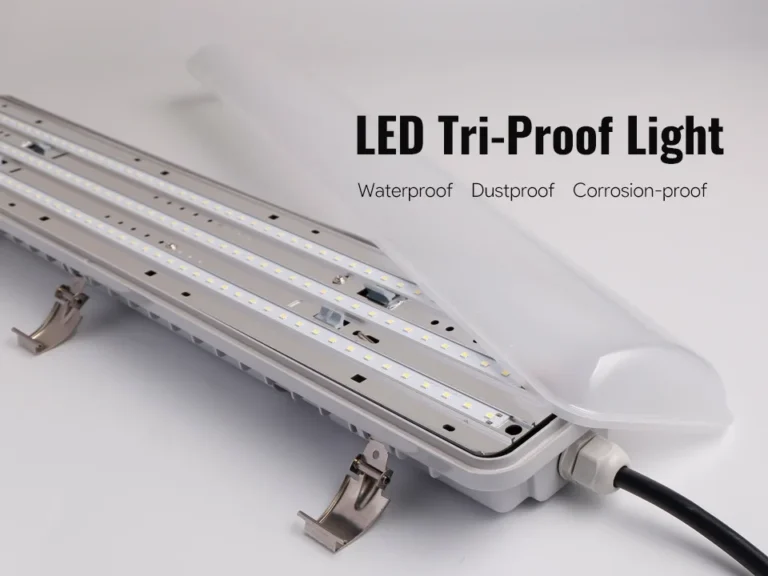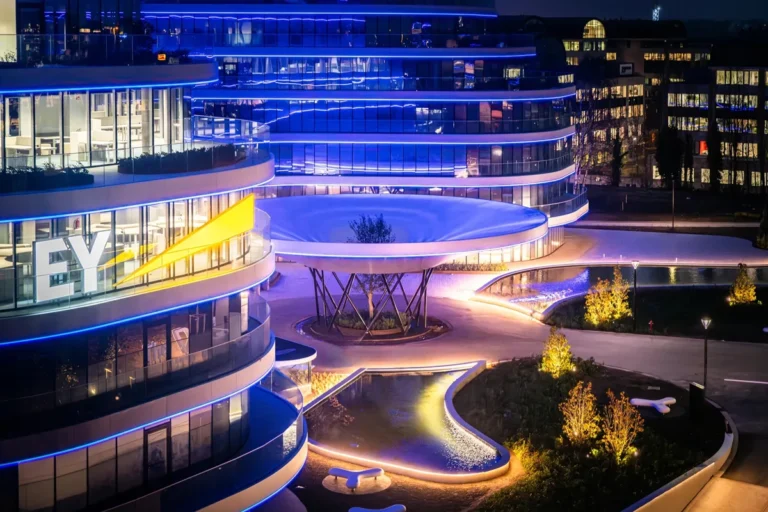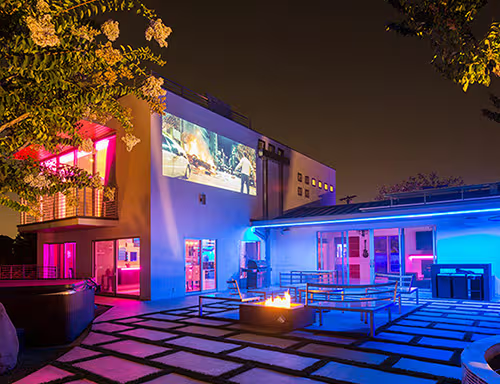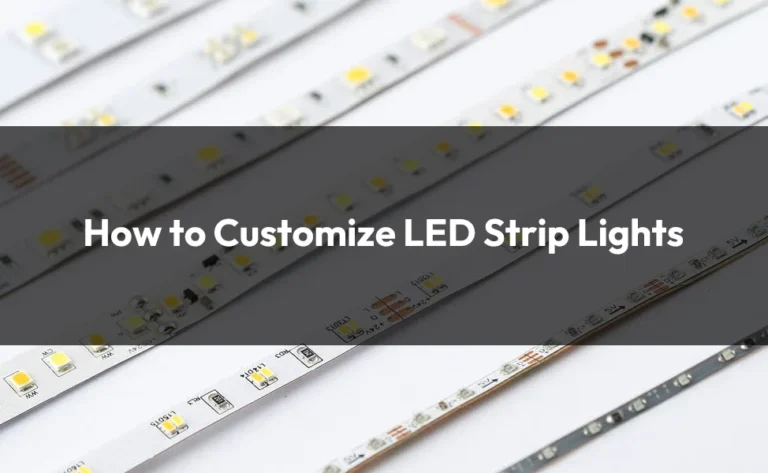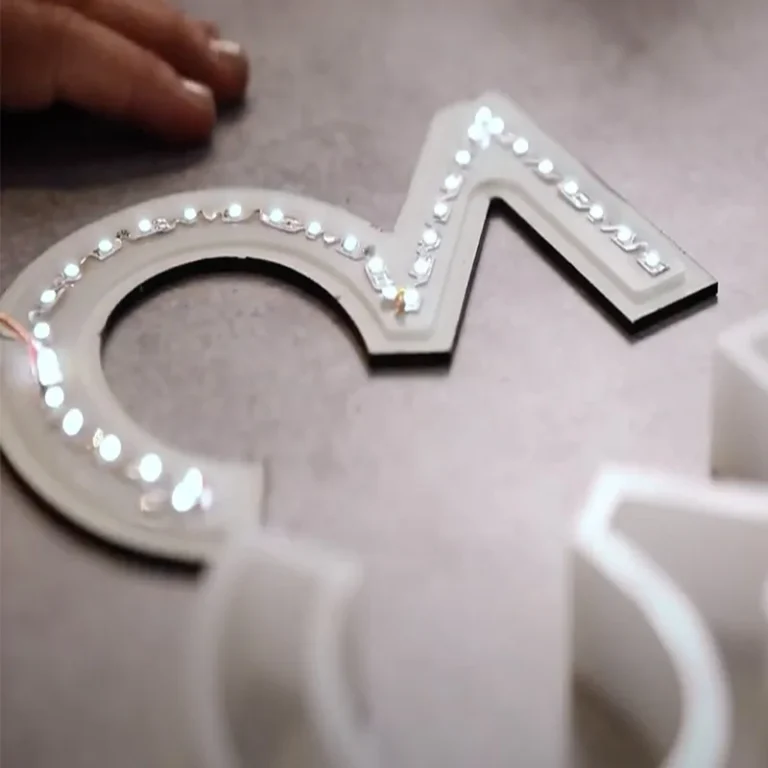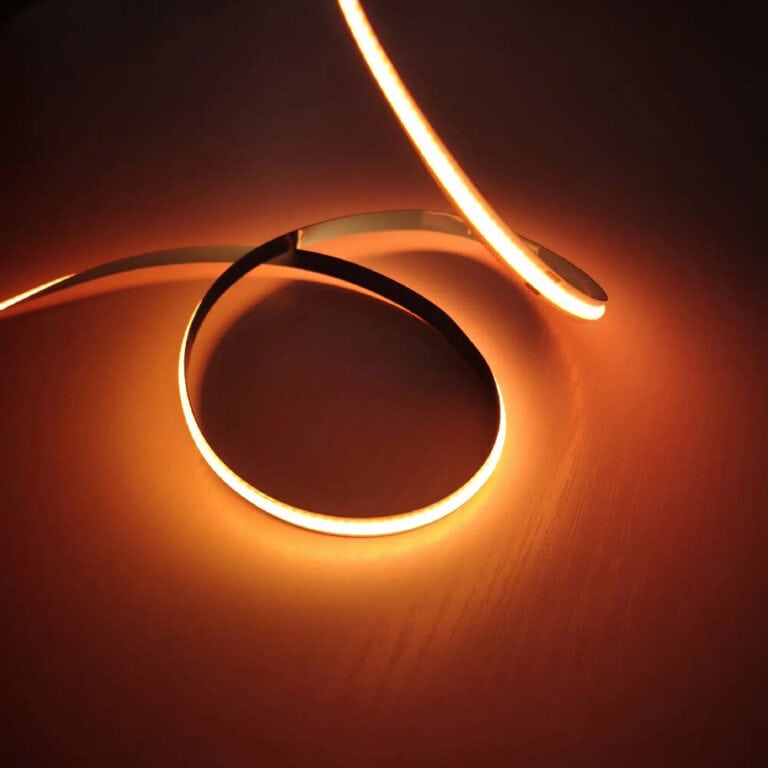Światła LED Tri-Proof — zaprojektowane tak, aby były wodoodporne, pyłoszczelne i odporne na korozję — stały się niezbędne w środowiskach takich jak fabryki, magazyny, parkingi, tunele i zakłady przetwarzania żywności. Ich solidna konstrukcja zapewnia stabilne działanie oświetlenia nawet w trudnych warunkach. Jednak wybór niewłaściwego typu światła LED Tri-Proof może spowodować kosztowną konserwację, nieodpowiedną jasność, skrócenie żywotności lub niepotrzebne zużycie energii. Aby osiągnąć optymalną wydajność i długoterminową niezawodność, ważne jest, aby wybrać oprawę, która spełnia specyficzne wymagania każdej instalacji. W tym przewodniku wyjaśniono, jak wybrać odpowiednie światło LED Tri-Proof na podstawie znamionowej mocy IP, mocy i typu, pomagając w wyborze najbardziej wydajnego i trwałego wyboru oświetlenia dla każdej przestrzeni przemysłowej lub handlowej.
zrozumieć, co Światło LED Tri-Proof IS i jego podstawowe funkcje
Termin „Tri-Proof” odnosi się do trzech podstawowych cech ochronnych: wodoodpornych, pyłoszczelnych i odpornych na korozję. Światło LED Tri-Proof zostało specjalnie zaprojektowane, aby wytrzymać wilgoć, cząsteczki kurzu i opary chemiczne, które mogą uszkodzić konwencjonalne oprawy oświetleniowe. Jego szczelna konstrukcja z wytrzymałą obudową i silikonowymi uszczelkami zapobiega przedostawaniu się wody i gromadzeniu się kurzu, co czyni go idealnym dla wymagających środowisk, takich jak fabryki, tunele czy parkingi.
Poza ochroną podstawową funkcją trójprogowego światła LED jest zapewnienie spójnego, energooszczędnego oświetlenia w miejscach narażonych na wilgoć, brud lub korozję. Dzięki wysokiej wydajności świetlnej i długiej żywotności zapewnia niezawodne działanie i zmniejszoną częstotliwość konserwacji, pomagając utrzymać produktywność i bezpieczeństwo w przestrzeniach przemysłowych i komercyjnych.
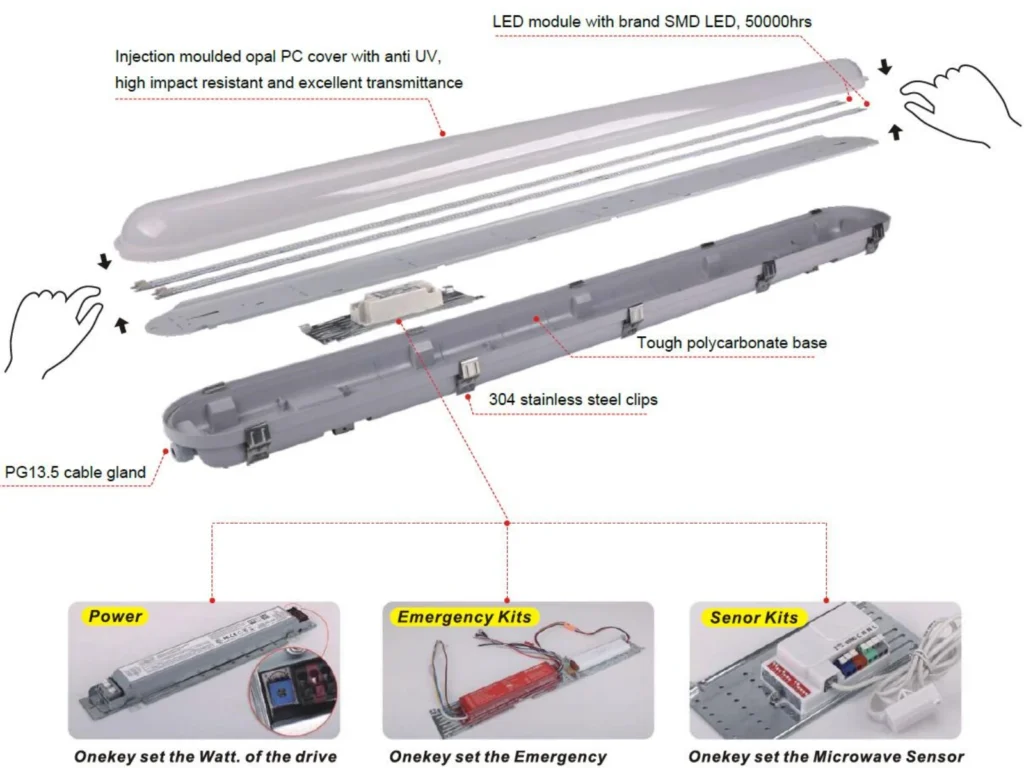
Ocena IP: Jak wodoodporny i pyłoszczelny naprawdę potrzebujesz?
Co to jest ocena IP?
Ocena IP (Ochrona przed wnikaniem) mierzy, jak dobrze oprawa oświetleniowa jest odporna na wnikanie kurzu i wody. Składa się z dwóch cyfr: pierwsza wskazuje na ochronę przed ciałem stałymi (jak kurz), a druga pokazuje ochronę przed cieczami. Wspólne klasyfikacje świetlne LED Tri-Proof obejmują IP65, który jest odporny na niskie ciśnienie strumieni wody i pyłu; IP66, który zapewnia silniejszą ochronę przed wodą; oraz IP69K, najwyższy poziom, zaprojektowany do wytrzymania wysokotemperaturowych, pod wysokim ciśnieniem czyszczenia wody w środowiskach takich jak zakłady przetwarzania żywności.
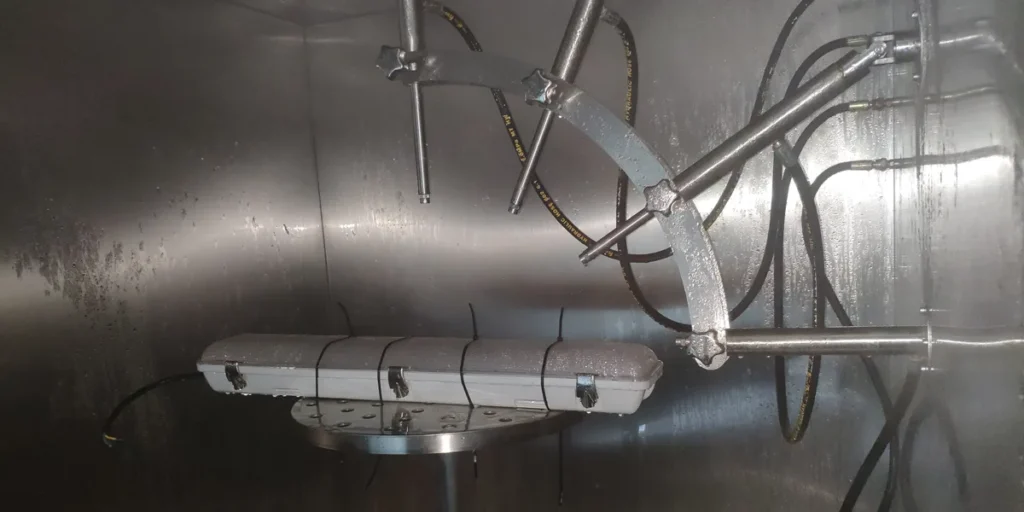
Wspólne wyzwania zakupowe
Jednym z największych wyzwań przy wyborze światła LED Tri-Proof jest określenie, która klasa IP jest naprawdę potrzebna. Zbyt niska ocena może prowadzić do awarii produktu, korozji lub częstej konserwacji, podczas gdy wybór niepotrzebnie wysokiego poziomu IP może zwiększyć koszty zakupu bez dodawania rzeczywistej wartości. Poziom ochrony równoważenia ze środowiskiem projektowym jest kluczem do opłacalnego oświetlenia.
Zalecane oceny IP dla różnych aplikacji
Ogólnie rzecz biorąc, suche pomieszczenia mogą wymagać tylko ochrony IP65, podczas gdy wilgoć lub środowiska zewnętrzne wymagają wyższych ocen. Poniższa tabela podsumowuje typowe zastosowania i odpowiednie poziomy IP:
| Zastosowanie | Zalecana ocena IP |
| Garaż magazynowy / parkingowy | IP65 |
| Obszar myjni tunelowych / myj | IP66 |
| zakład przetwórstwa żywności | IP69K |
| Odkryty teren przemysłowy | IP66-IP69K |
Moc i wydajność świetlna: równowaga między mocą a wydajnością
Watowanie — wybór odpowiedniej mocy wyjściowej
Wielu użytkowników nie jest pewien, jak wybrać odpowiednią moc dla swoich trójprogowych świateł LED. Prawidłowy poziom mocy zależy od kilku czynników, w tym wysokości instalacji, obszaru pokrycia i wymaganej jasności. Na przykład oprawa o mocy 40 W może być wystarczająca dla korytarza lub parkingu, podczas gdy magazyn z wyższymi sufitami może potrzebować 60 W lub więcej, aby osiągnąć jednolite oświetlenie. Oprogramowanie do projektowania oświetlenia, takie jak Dialux, może pomóc w symulacji rzeczywistych warunków projektowych, zapewniając, że każdy obszar otrzymuje optymalną jasność bez marnotrawstwa energii lub ciemnych plam.
Wydajność — Ta sama moc, ale znacznie jaśniejsza
Często zauważa się, że dwie diody LED o tej samej mocy mogą mieć bardzo różne poziomy jasności. Kluczem jest sprawność świetlna, mierzona w lumenach na wat (lm/W). Oprawa o wyższej skuteczności świetlnej zamienia więcej mocy w światło zamiast na ciepło, oferując większą jasność i oszczędność energii. Wybór wysokowydajnych lamp LED Tri-Proof nie tylko zmniejsza rachunki za energię elektryczną, ale także minimalizuje konserwację i zwiększa długoterminową wydajność w środowiskach przemysłowych i komercyjnych.
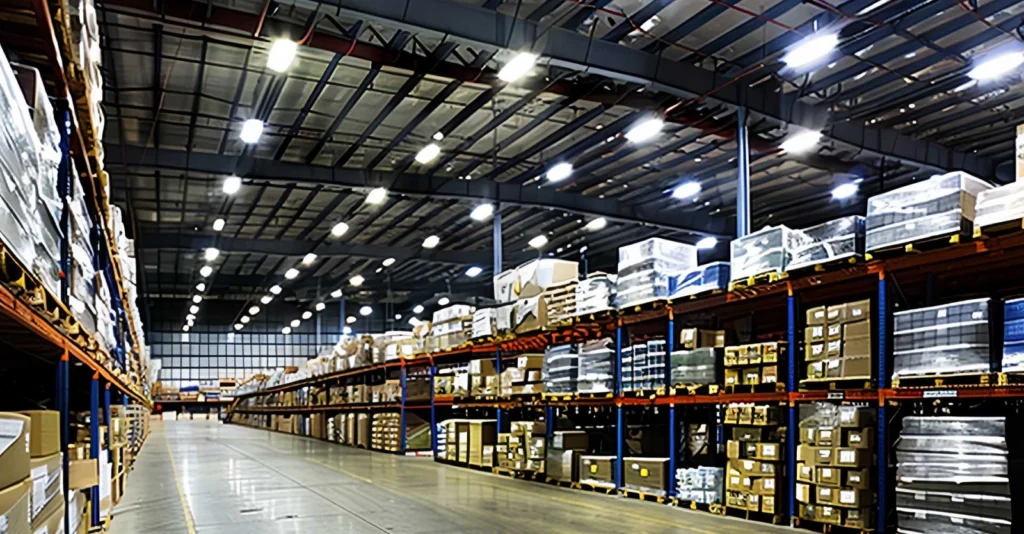
Typ: zintegrowany, podzielony lub kształtowany
Rynek oferuje różne rodzaje diod LED Tri-Proof, z których każde zaprojektowane w celu spełnienia różnych wymagań środowiskowych i budżetowych. Chociaż ich podstawowe funkcje — wodoodporne, pyłoszczelne i odporność na korozję — są ogólnie podobne, wybór odpowiedniego typu może mieć dużą różnicę w wygodzie instalacji, trwałości i kosztach konserwacji.
Zintegrowane światło LED Tri-Proof
Zintegrowane światło odporne na trójprodukt ma w pełni uszczelnioną konstrukcję, w której chipy LED, sterownik i obudowa są połączone w jedną jednostkę. Ta konstrukcja zapewnia doskonałą ochronę przed wilgocią i kurzem, zapewniając niezawodne działanie w trudnych warunkach. Zintegrowane modele są idealne dla środowisk takich jak myjnie samochodowe, chłodnia w chłodniach lub tunele, gdzie stałe narażenie na działanie wilgoci i zmian temperatury wymaga maksymalnej trwałości.
Podział trójproporcyjne światło LED
Światło odporne na trójprodukcję rozdziela obudową i wewnętrzne źródło światła, które może być wymienną rurą LED lub modułem liniowym. Ta konstrukcja pozwala na łatwiejszą konserwację i niższe koszty wymiany, gdy komponent ulegnie awarii. Chociaż jego poziom wodoodporności jest nieco niższy niż zintegrowany, oferuje bardziej opłacalne rozwiązanie dla zastosowań takich jak warsztaty, magazyny lub parkingi, gdzie warunki są mniej ekstremalne, ale niezawodność jest nadal niezbędna.
Kształtowe lub okrągłe światło LED Tri-Proof
W przypadku projektów wymagających charakterystycznego wyglądu lub określonego rozsyłu światła często stosuje się trójprodukowe lampy, takie jak okrągłe trójprodukowe światła LED. Ich unikalny design pasuje do hodowli zwierząt, roślin spożywczych lub dekoracyjnych obszarów przemysłowych, w których ważna jest zarówno estetyka, jak i wydajność. Te światła łączą ochronę ze stylowym wyglądem, poszerzając gamę aplikacji Tri-Proof poza standardowe konstrukcje liniowe.
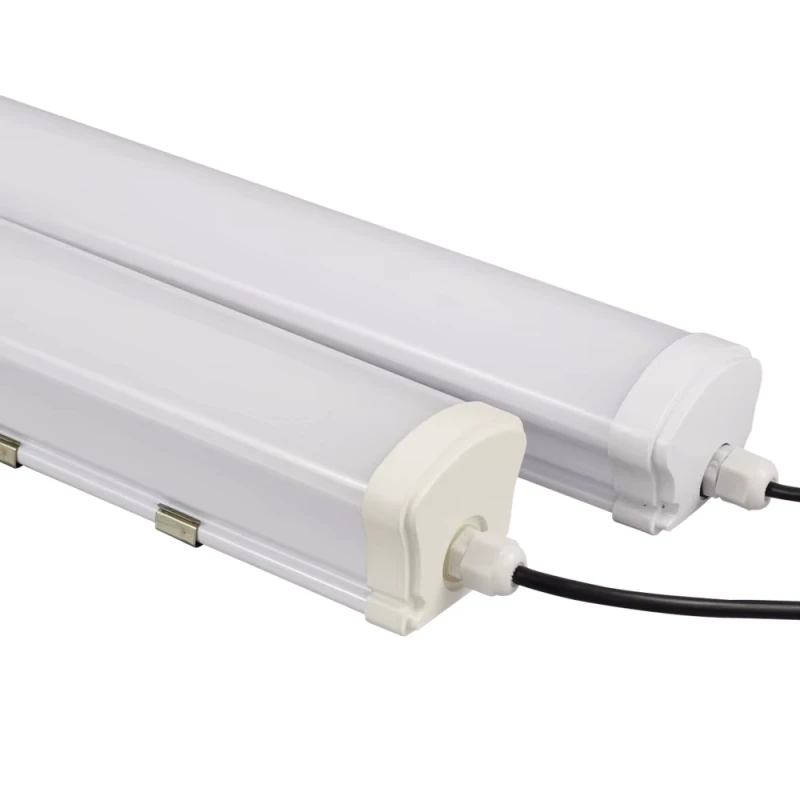
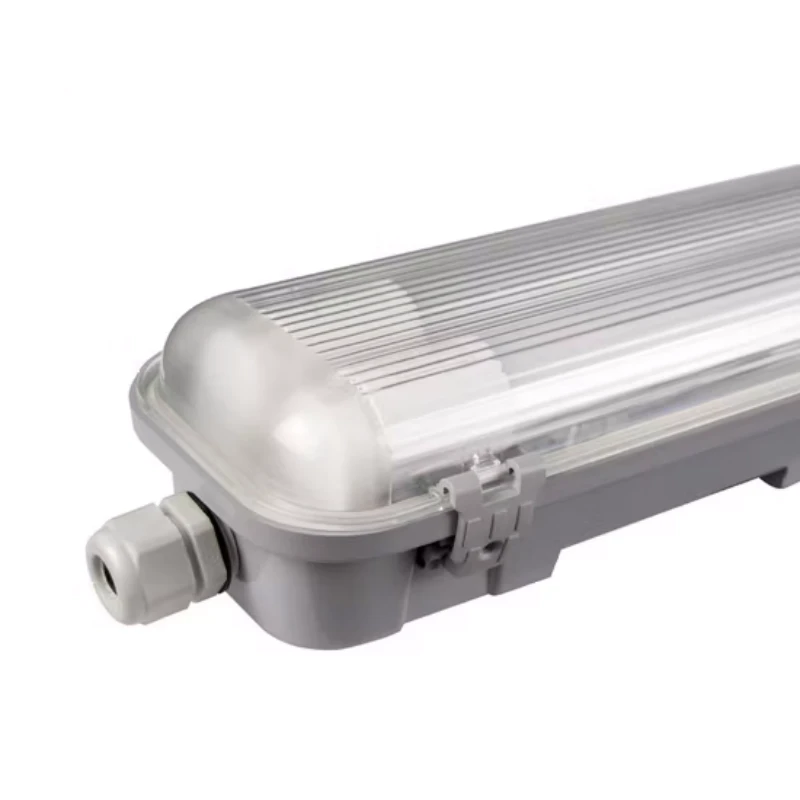
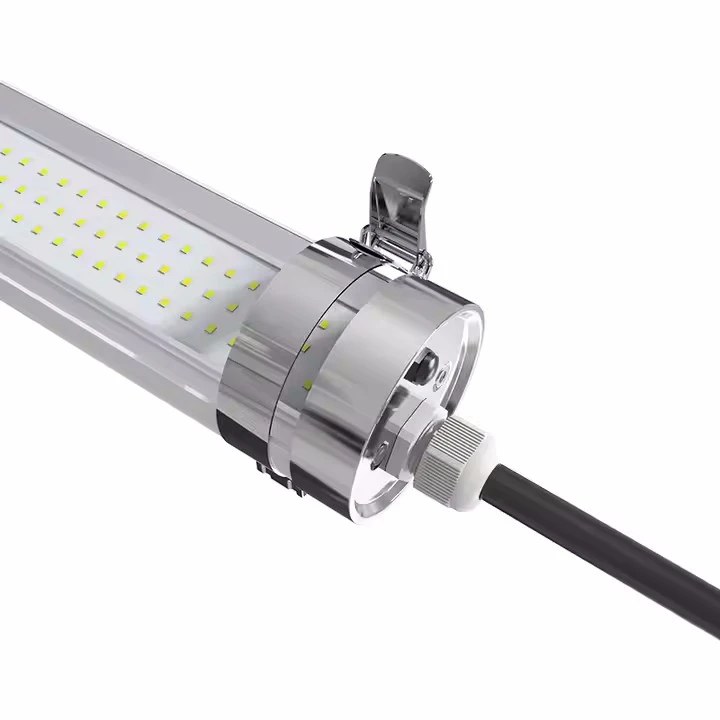
Inne kluczowe czynniki: materiał, temperatura barwowa, metoda instalacji i elastyczność
Materiał: Obudowa aluminiowa zapewnia lepsze odprowadzanie ciepła i dłuższą żywotność, a materiały PC lub ABS zapewniają lżejszą wagę i niższy koszt.
Temperatura barwowa: Neutralna biel 4000K nadaje się do obszarów roboczych, podczas gdy 5000–6500K zapewnia wyższą jasność w pomieszczeniach przemysłowych lub zewnętrznych.
Metoda instalacji: Światła LED Tri-Proof mogą być montowane na powierzchni, podwieszane lub łączone, w zależności od wysokości i układu sufitu.
Elastyczność instalacji: Modułowe konstrukcje i szybkie złącza upraszczają okablowanie (łańcuszek daisy), co ułatwia instalację lub wymianę świateł w projektach na dużą skalę.
Wniosek
Wybór odpowiedniego światła LED Tri-Proof wymaga starannego rozważenia stopnia znamionowego IP, mocy, rozmiaru i typu, aby zapewnić trwałość, efektywność energetyczną i optymalną wydajność oświetlenia. Właściwe oprawy nie tylko redukują koszty konserwacji i energii, ale także zapewniają długotrwałą niezawodność w wymagających środowiskach przemysłowych lub komercyjnych.
Sygnalizator LED Koncentruje się na produkcji wysokiej jakości lamp LED Tri-Proof zaprojektowanych do trudnych warunków. Dostarczamy niestandardowe rozwiązania oświetleniowe w oparciu o konkretne wymagania projektowe, w tym raporty symulacyjne DIALUX, dostosowane widma optyczne i profesjonalne porady dotyczące instalacji. Niezależnie od tego, czy chodzi o fabryki, magazyny, czy chłodnię, Signlited zapewnia trwałe i wydajne trójproduktowe oświetlenie, które spełnia międzynarodowe standardy. Skontaktuj się z nami już dziś, aby omówić Twoje potrzeby projektowe.
